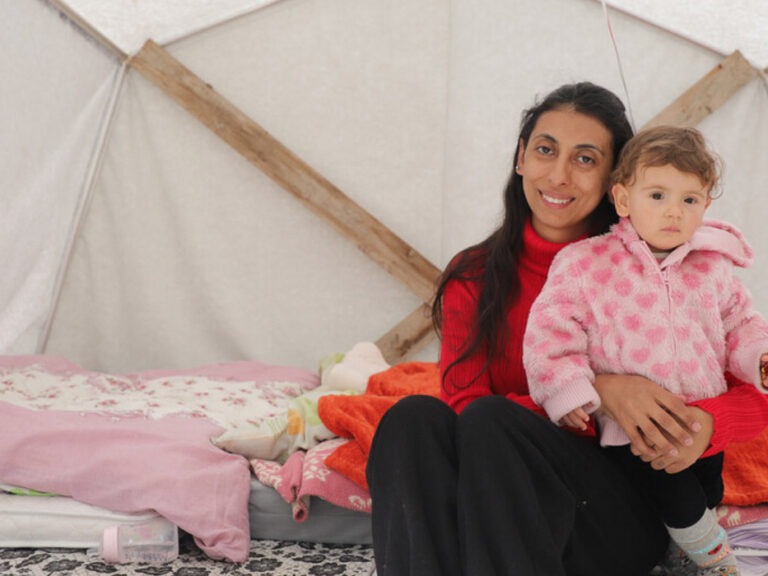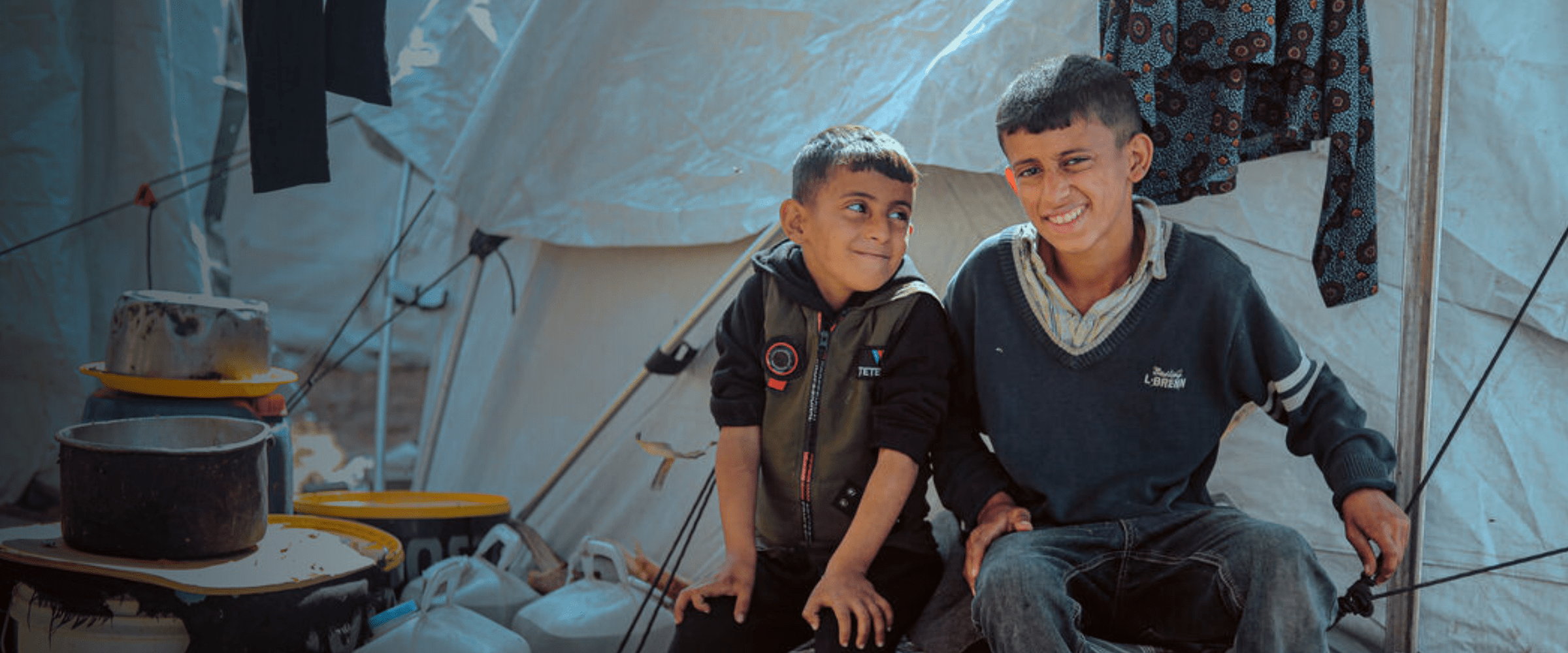What challenges do people face?
ShelterBox believes that no one should be without shelter after disaster.
However, increasing numbers of people around the world are being forced from their homes by disaster and conflict. As such, we work to provide emergency shelter to the people who need it most.
Severe weather events such as floods, droughts, and storms can cause thousands of people to have to leave their homes. And as the climate crisis worsens, such weather events are becoming more severe.
Seismic events such as earthquakes and volcanoes can also impact millions of people. And violent conflict displaces those caught up in the chaos as people try to escape to a place of safety.
Below are the details of where we are currently working, with links to pages sharing more information about the disasters we are responding to and the people we are supporting. You can also explore our past responses here.
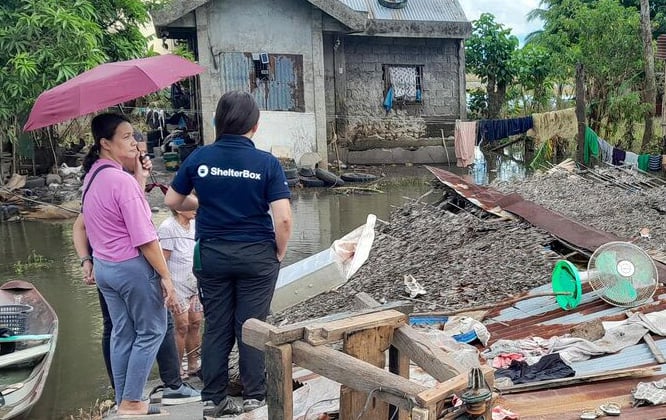
The Philippines
A series of powerful storms has battered the Philippines, displacing hundreds of thousands of people and destroying tens of thousands of homes. The Bicol region has been hit especially hard, with flash floods and landslides flattening communities already vulnerable from previous disasters. Many families are now homeless, sheltering in evacuation centers or exposed to harsh conditions.
ShelterBox is responding. Our team in the Philippines is heading to one of the worst-affected areas to work with a local partner and deliver emergency shelter and essential items.
Learn more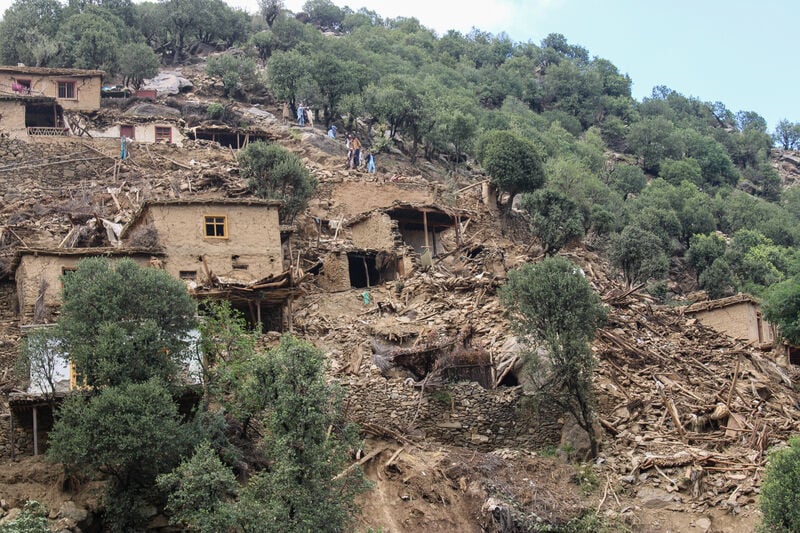
Afghanistan
Two powerful earthquakes have struck Afghanistan. More than 1,400 people have been killed, and the death toll is rising all the time. Entire villages have been flattened, and thousands of homes, mostly made from mud bricks and wood structures, have collapsed. Many people and families are now homeless.
ShelterBox is responding. We’ll be working with a partner based in the affected region to support people who have lost their homes with emergency shelter. With houses completely flattened, tents allow people in cold mountainous areas temporary shelter, especially as winter approaches. We’re looking to source tents in Afghanistan so we can respond more quickly. Our preparedness work around the world has included Afghanistan, so that we’re ready to go in these moments.
Learn more

Pakistan
Rare cloudbursts have triggered flash floods in the northwest of Pakistan. Water is sweeping through mountain villages and causing widespread destruction.
ShelterBox and Islamic Relief Pakistan are supporting people hit hard by severe flooding across Pakistan, which is affecting more than a million people. We’re working closely with Islamic Relief Pakistan to reach the hardest-hit areas, while also looking at how best to support people in the east of the country. Communities that are only just recovering from the devastating floods of 2022. It’s peak monsoon season, and more heavy rain is on the way.
Learn more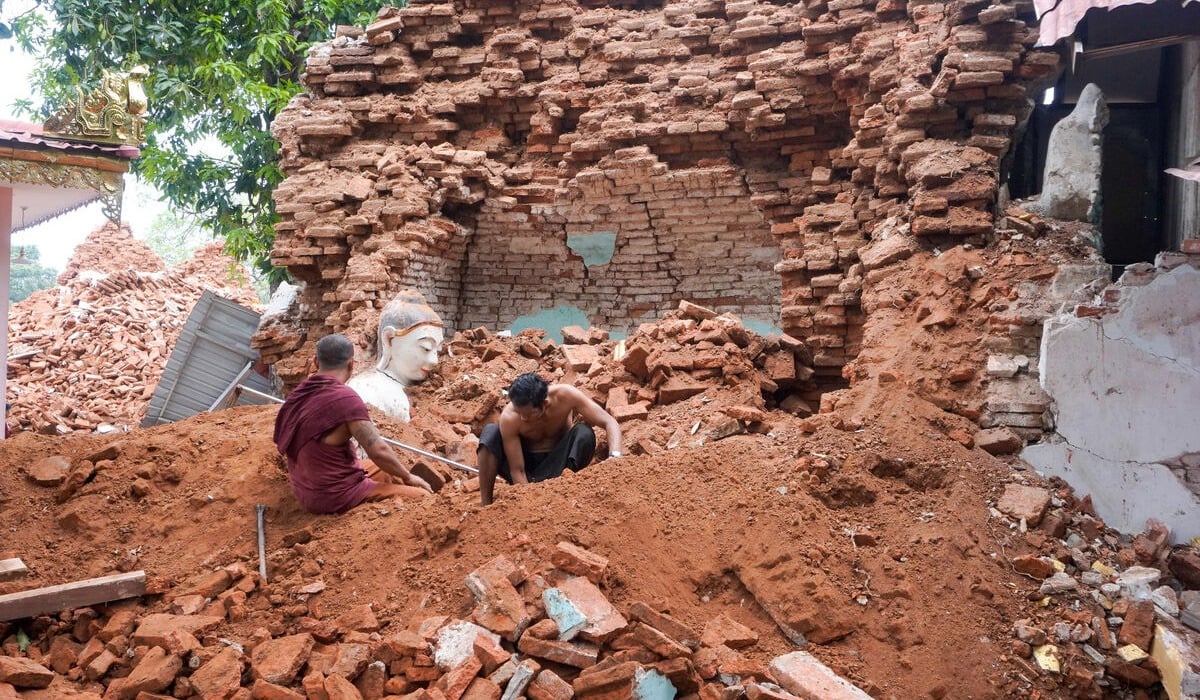

Myanmar
A devastating 7.7 magnitude earthquake has struck central Myanmar, followed by powerful aftershocks. Homes have collapsed, and over a million people have been forced to leave their homes.
ShelterBox is responding with shelter repairs and essential aid for families left homeless by the disaster. People urgently need tarpaulins, tents, tools, and household essentials – learn more about our response to the crisis.
Learn more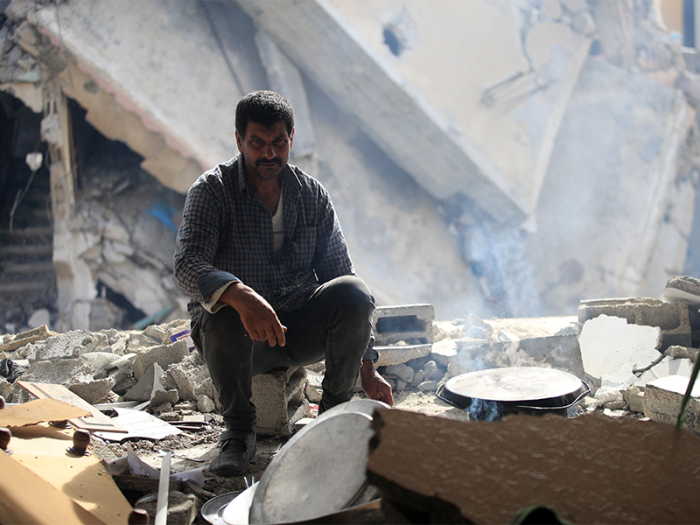

Gaza
Over 12 months of unrelenting conflict has left Gaza unrecognisable. Almost all buildings have been damaged or destroyed, and families are having to move again and again.
ShelterBox is providing emergency shelter and other essential items for people left with nowhere to live after the conflict.
People need emergency shelter, blankets, water carriers, and kitchen sets – and that’s what we’re focusing on.
Learn more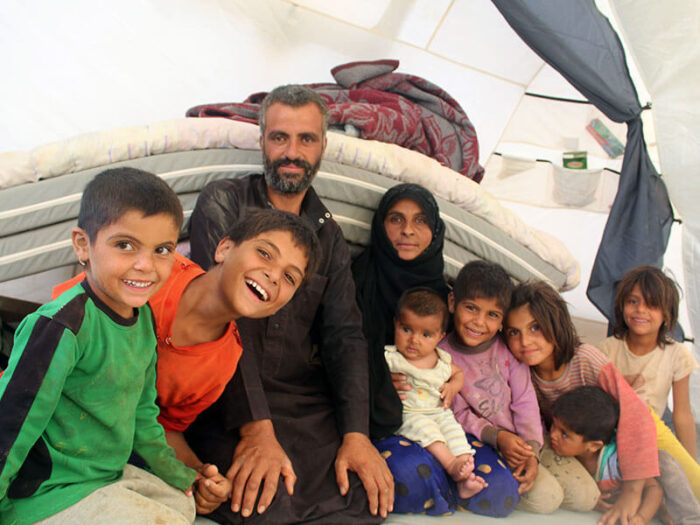
Syria
In Syria, the need for humanitarian support is greater than ever. People are facing violent conflict, financial crisis, and extreme weather.
We’ve been supporting families affected by the war in Syria since 2012.
Right now, we’re providing essential aid items to get people through the tough winter months. Working with our partners ReliefAid and Bahar Organization, we’ll be supporting 4,000 families in the Northeast and Northwest with winterization items such as baby grows, coats, mattresses, tent bases, and other essential aid items.
Learn more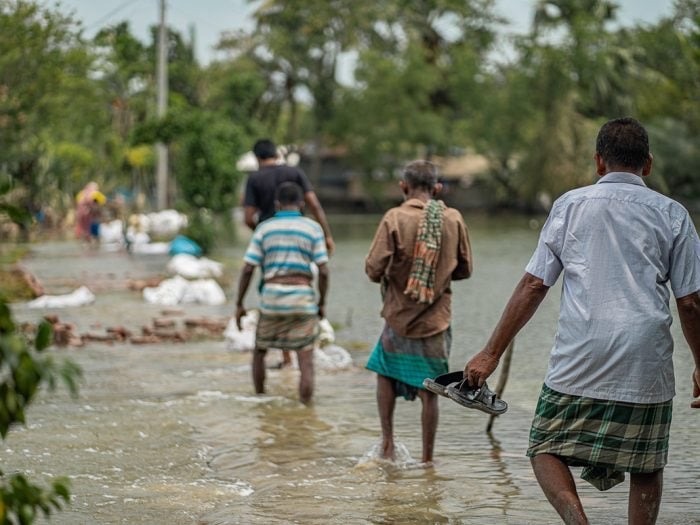

Bangladesh
ShelterBox is responding in Bangladesh after heavy rains caused major flooding.
More than 5.8 million people have been affected, with more than 500,000 people forced to flee their homes.
We are working with our local partner, Uttaran, to support people as they begin to recover and rebuild. Take a look at how we are responding.
Learn more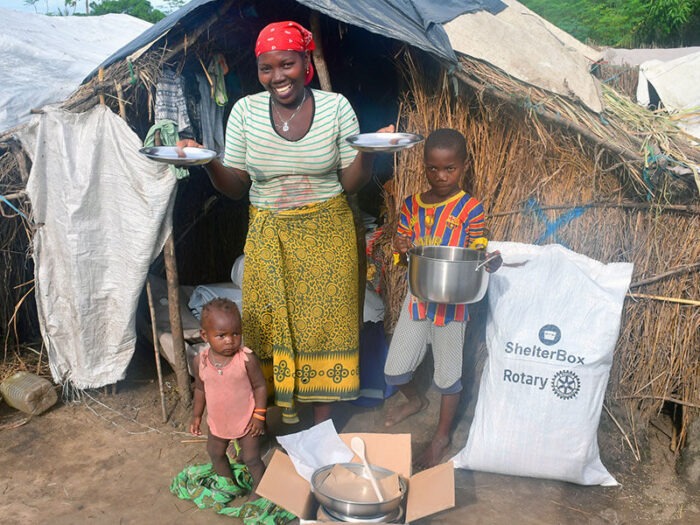

Mozambique
The conflict in northern Mozambique is driving one of the world’s fastest-growing displacement crises.
Since October 2017, an extremist group has been launching violent attacks on civilians in the northern province of Cabo Delgado.
With help from our partner CARE Mozambique, we are supporting vulnerable communities with shelter kits, solar lights, kitchen sets, sleeping mats, and mosquito nets.
Learn more
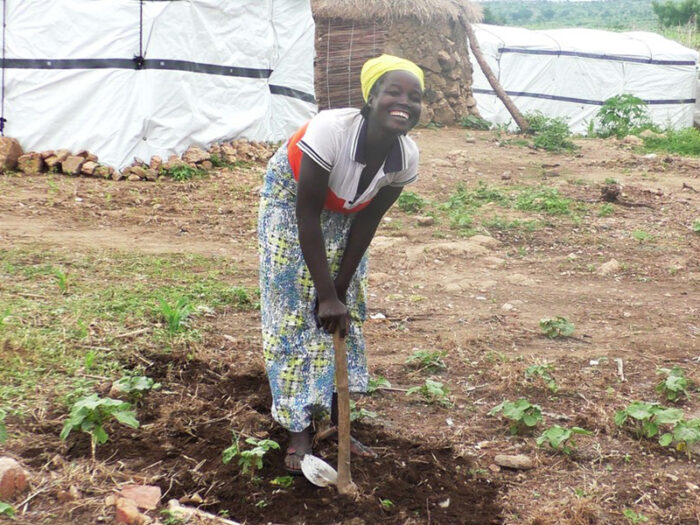
Cameroon
Since 2009, Boko Haram has been waging an insurgency in Nigeria, Niger, Chad, and Cameroon.
Around 9.7 million people are now in need of urgent humanitarian aid in the Lake Chad region.
In Cameroon, we have supported over 18,000 families. We’re now working with our partner Public Concern to provide a range of emergency shelters and durable shelters, depending on people’s needs.
Learn more
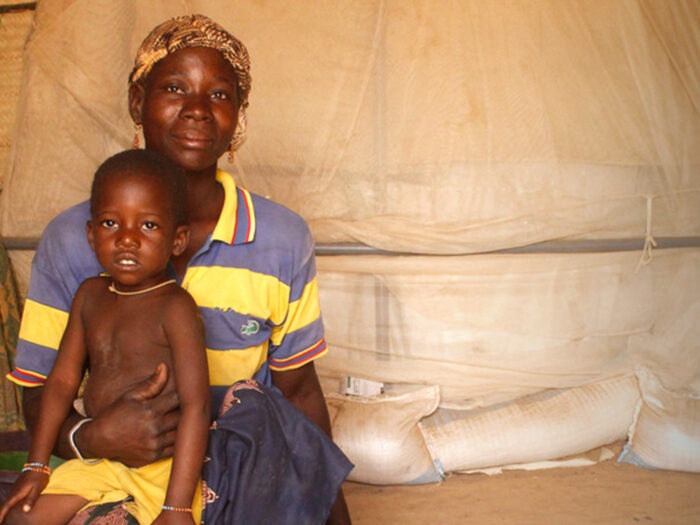
Burkina Faso
Burkina Faso is one of the fastest-growing displacement crises in Africa.
1.9 million people have been forced to flee their homes due to extremist violence. Efforts by both government forces and local militias to fight it have uprooted even more communities.
Together with our partner, HELP, we’ve supported over 4,000 families since 2020.
Recently, we have been providing aid items and emergency shelters known as Sahelian tents. These tents are constructed from locally sourced materials and offer a more durable structure for displaced families who have fled their homes to escape extremist violence.
Learn more
Yemen
Yemen is currently the world’s worst humanitarian crisis.
It is a result of the bitter civil war, starvation, and a failing economy.
We have partnered with BCHR (Benevolence Coalition for Humanitarian Relief) to support vulnerable communities as violence flares up again. Together, we are providing tents, tarpaulins, water filters, soap, masks, and other household items.
We have more recently been supplying iron net shelters and household items.
Learn more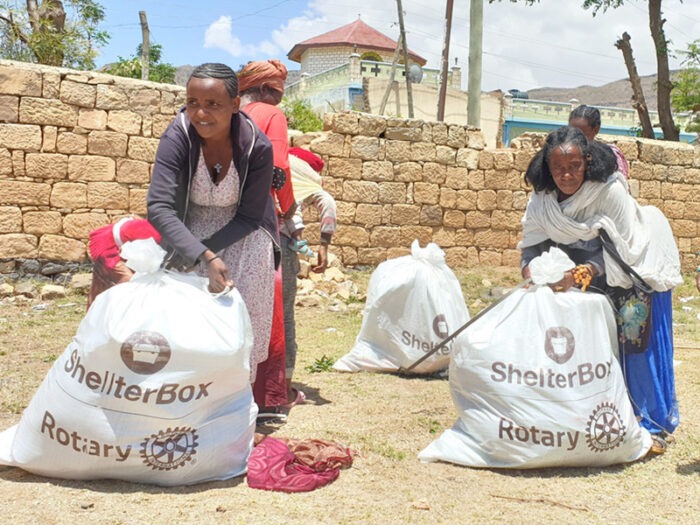
Ethiopia
Millions of people have been forced to flee their homes due to violent conflict and drought in Ethiopia.
Working with our partner IOM, we’ve supported people with items like tarpaulins, rope, blankets, sleeping mats, mosquito nets, water carriers, and kitchen sets.
We have supported a total of 22,000 people in the Afar and Somali regions in the last year. Aid distributions are now complete.
Learn more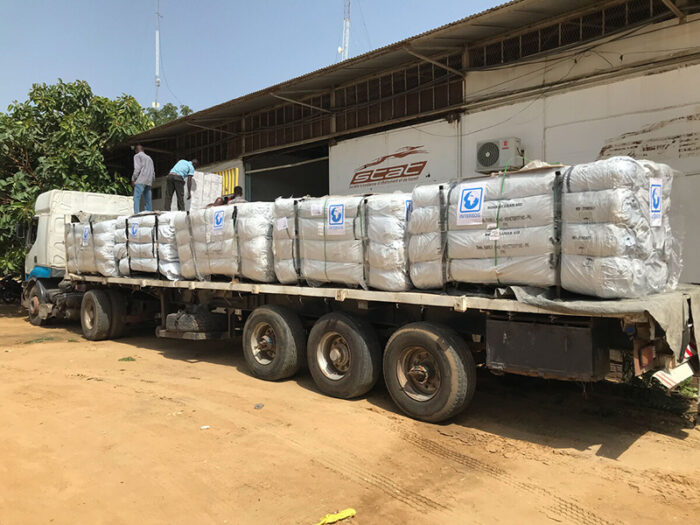
Chad
Thousands of people fleeing violence in Sudan are arriving in Chad.
Working with our partner INTERSOS Tchad we are supplying people with emergency shelter, as well as providing essential items including solar lights, mosquito nets, blankets, sleeping mats, and kitchen sets.
The first emergency shelters are now being assembled.
Learn more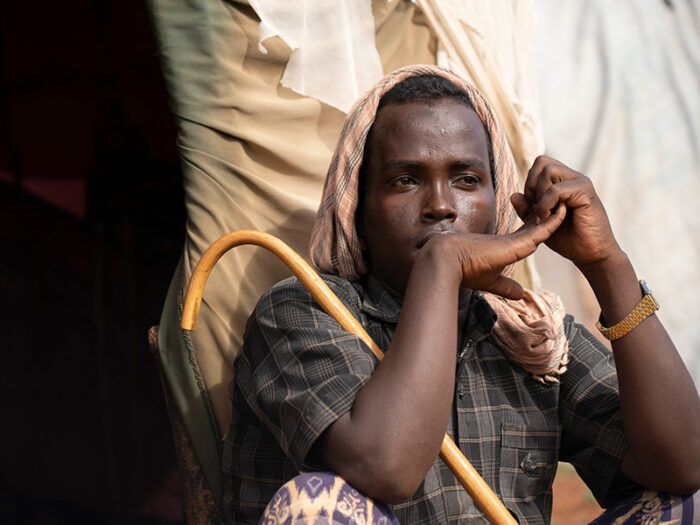
Somalia
Due to drought and violence, hundreds of thousands of people have fled their homes in Somalia, searching for food, water, and health services.
We’re working with the Juba Foundation to provide training and materials for the construction of locally appropriate shelters, as well as supplying essential items such as solar lights, water filters, and mosquito nets.
Learn more
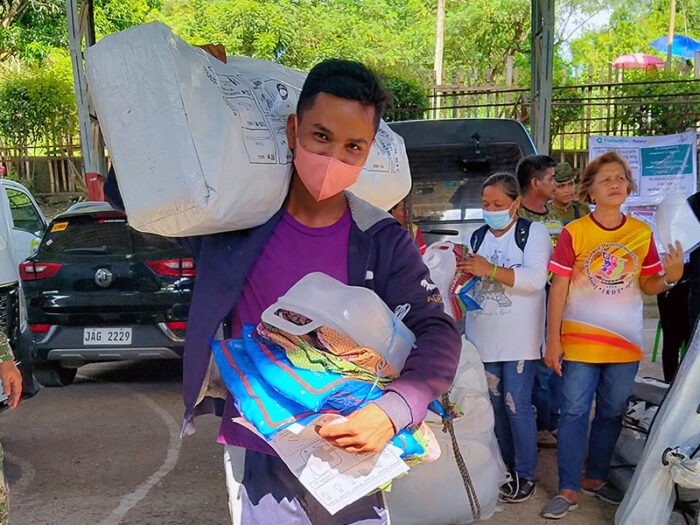
Past responses
Since ShelterBox was founded back in 2000, we have responded to disasters and conflicts around the world.
Learn more about our previous responses – where we worked, the disaster or conflict that forced people from their homes, and the people we supported.
Learn more

